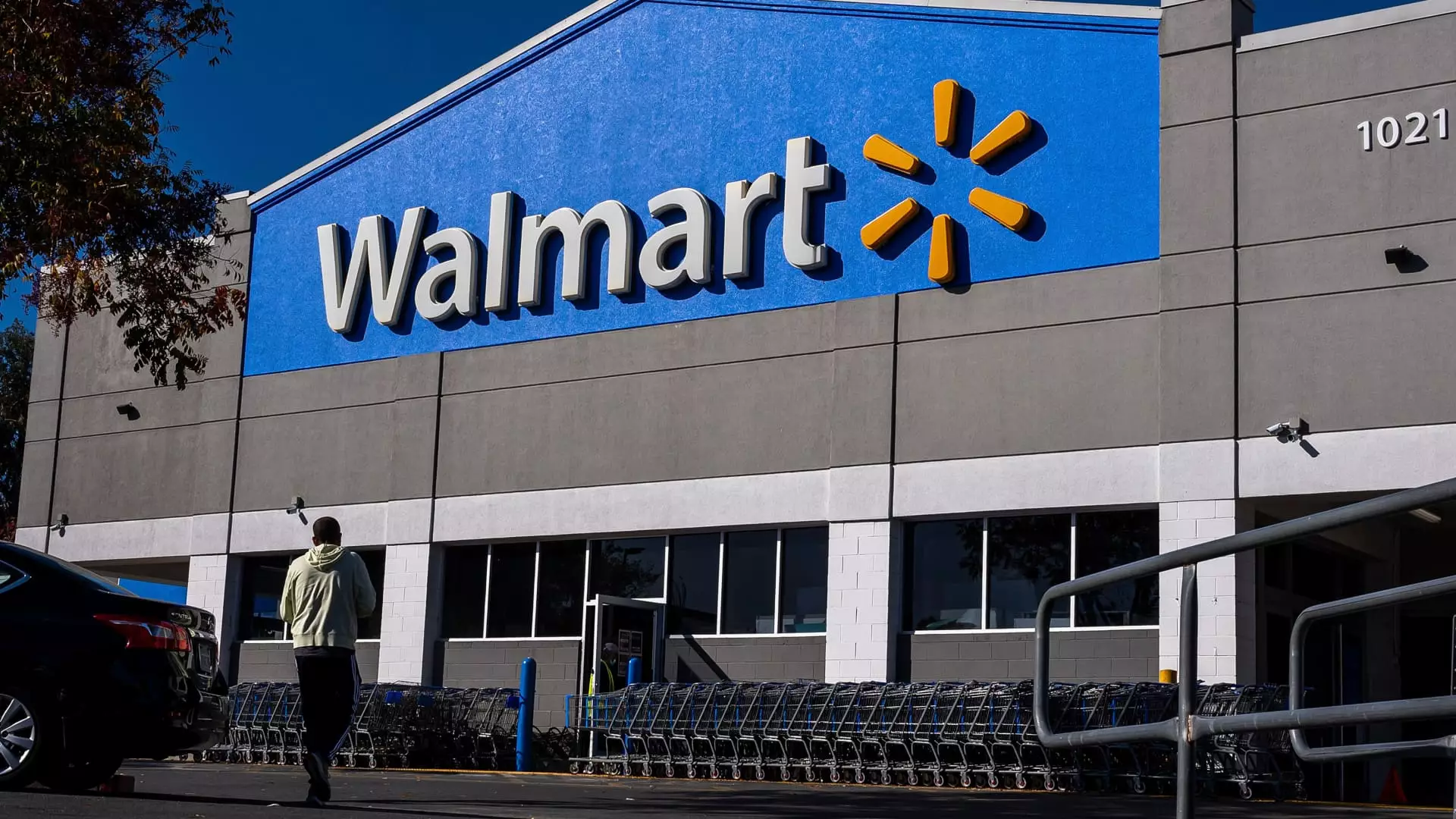With the increasing political discourse surrounding tariffs, the retail sector stands on the brink of significant change. The potential imposition of tariffs under the incoming Trump administration has raised concerns among major retailers regarding the inevitable price adjustments that may follow. John David Rainey, CFO of Walmart, articulated these worries, highlighting the delicate balance between maintaining affordable pricing and the realities of rising costs due to proposed tariffs. While he underscored Walmart’s commitment to its motto of “everyday low prices,” the looming tariffs present a compelling challenge that may disrupt their pricing strategy.
The notion of tariffs as a means to bolster domestic production is fraught with complications. Matthew Shay, CEO of the National Retail Federation, went so far as to characterize broad tariffs as a “tax on American families.” This observation raises an alarm for the wider economy, indicating that such measures could lead to inflation and harm employment levels, thereby leading to a domino effect that could impact consumer spending and overall economic health. For many, the specter of increased prices for essential goods and services looms large, and this is particularly pertinent given the delicate state of consumer confidence.
Walmart is not alone in wrestling with the ramifications of potential increases. Other retailers, including E.l.f. Beauty and footwear company Steve Madden, have reported plans to adapt to the anticipated changes. E.l.f. Beauty’s CEO Tarang Amin expressed similar apprehensions about the need for price hikes if tariffs are enacted. Simultaneously, Steve Madden’s decision to reduce imports from China by about 45% emphasizes a proactive approach to navigate the uncertain landscape.
Retailers’ reactions point to a critical need to diversify supply chains beyond reliance on single nations like China—a strategy that many are now hurriedly implementing. Rainey noted that approximately two-thirds of Walmart’s inventory is sourced from domestic production, thus insulating a significant portion of their offerings from the potential storm of tariffs. This shift towards local sourcing illustrates a growing awareness among retailers to fortify their business models against international economic challenges.
While the analysis of Walmart’s pricing policies reveals a strategic acumen in absorbing tariff impacts, the operational challenges cannot be understated. The historical backdrop of tariffs, highlighted by Rainey’s comments on the seven years of tariff exposure, indicates that companies need to remain agile and responsive in their operations. Tariffs, by nature, are inflationary; thus, retailers must innovate and collaborate closely with suppliers to mitigate costs. Adjusting supply chains and embracing flexibility in sourcing materials will be imperative for survival and success in this evolving economic climate.
As these potential tariff policies unfurl, understanding consumer sentiment becomes equally pivotal. With inflation having moderated recently, consumers have tasted relief at the checkout stand. Any shift back to rising prices, particularly in essential goods, could unravel that progress and contribute to frustration among shoppers. This scenario asks critical questions about the long-term repercussions of tariffs—will they bolster domestic industry as intended, or will they render American consumers vulnerable to higher living costs? The responses from major retailers suggest cautious optimism, but the path forward remains riddled with uncertainties.
The looming specter of tariffs presents a crossroads for retailers and consumers alike. As major players like Walmart prepare to grapple with the inevitable consequences, the emphasis on strategic adaptations and consumer communication will be crucial. The unfolding tariff saga will not only shape the operational strategies within retail but also influence the broader economic landscape, requiring vigilance and adaptability in a world where both policies and market dynamics are in constant flux. Only time will tell how effectively these entities can navigate the complexities of tariffs while remaining committed to their pricing principles and consumer expectations.

